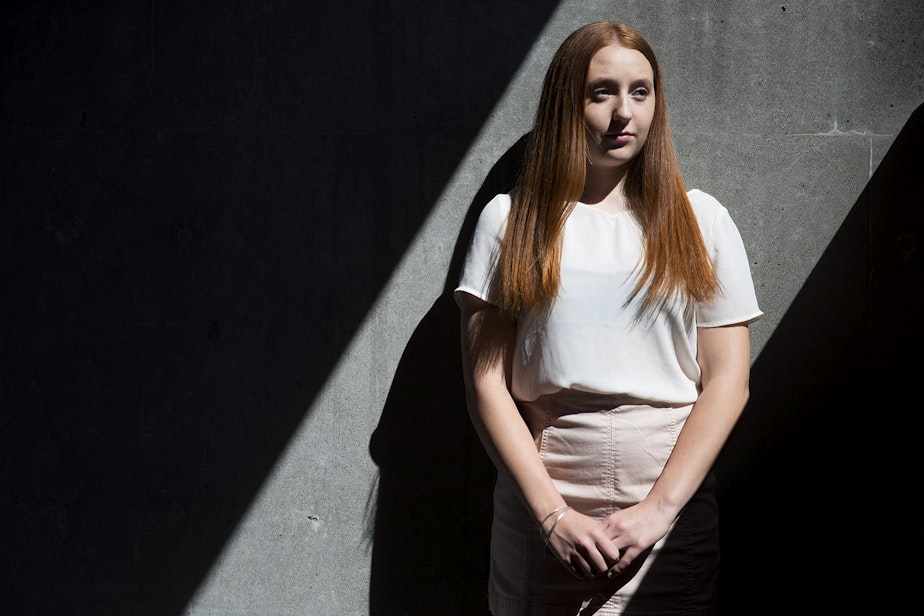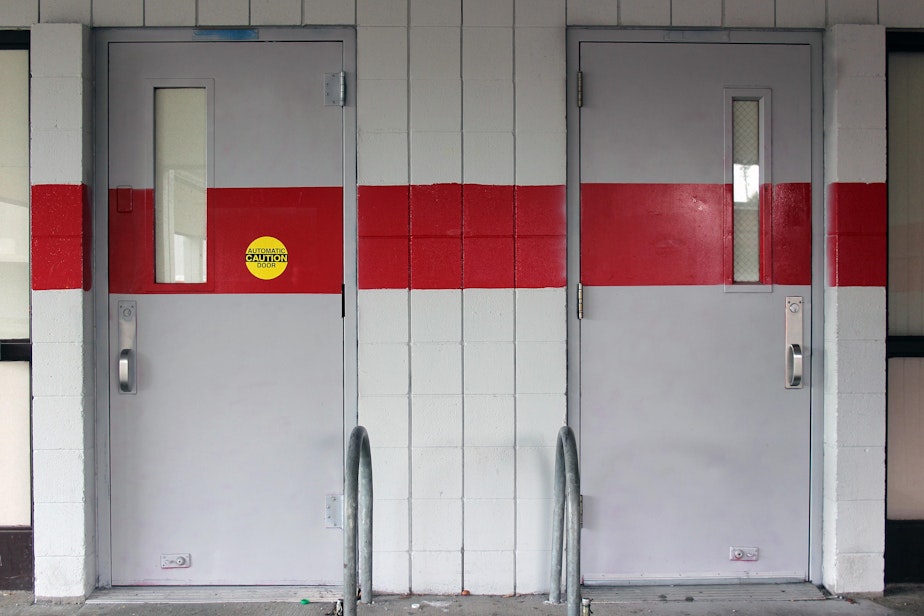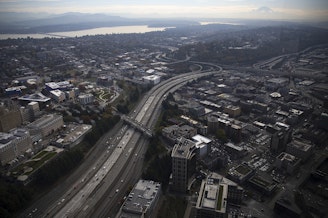If I die from gun violence please publicize the photo of my death

Audrey Porter is a high school student in Burien and an activist in the #MyLastShot campaign.
That means she wants news organizations to publish photographs of her dead body if she’s ever shot and killed in an act of gun violence.
#MyLastShot was started this year by students at Columbine High School in Littleton, Colorado, to mark the 20th anniversary of the school shooting there that left 13 dead.
At the time it was the worst high school shooting in American history.
The #MyLastShot campaign is being spread over social media, mostly Snapchat and Instagram, Porter said.
Sponsored
To participate, students attach a sticker to the back of their driver’s license or other I.D. that says: “In the event that I die from gun violence please publicize the photo of my death. #mylastshot. Signed, _____.”
Porter said #MyLastShot was inspired by the story of Emmett Till, the 14-year-old African-American boy who was lynched in Mississippi in 1955 after being accused of offending a white woman.
A photo of Till that was taken in his casket was published in newspapers across the United States, the equivalent of “going viral” for that time period.
“It really brought the reality of racism and the reality of segregation to the rest of the country,” Porter said.
So Porter and other participants want the press to publish graphic photographs of gun violence to provoke action to pass tougher gun safety legislation.
Sponsored
But would the media ever do it? Elizabeth Jensen, NPR’s public editor, cited the organization’s ethical guidelines.
“NPR does not show graphic images of the moment of death,” she said.
Jensen said one concern is for the victim’s families. But it’s not entirely clear what NPR would do in the case of a student with a #mylastshot sticker on their ID. That call would be made by the NPR editor at the time, Jensen said.
Author Sarah Sentilles writes about what images of the dead the press decides to show and which ones it "censors." She thinks the students behind the #MyLastShot campaign have a point.
“It’s a way for them to take agency at a time when they feel helpless. They’re forced to go to school and the adults taking care of them can’t guarantee their safety,” Sentilles said.
Sponsored
“It’s also almost a threat: If you can’t do a better job protecting us, then you’re going to have to see our bodies if we’re killed.”
Sentilles said the media is more likely to hide images of white Americans and publish images of people of color, particularly in other countries. Sentilles thinks the press should be consistent and publish all images of the dead, regardless of race or nation.
Cheyenne Coe hopes the media will not publish images of shooting victims, ever.
She was a 9th grader at Marysville-Pilchuck High School back in 2014, when the worst school shooting in Washington state history occurred; five people ended up dead, including one of Coe’s childhood friends, Zoe Galasso.

Sponsored
“I had known Zoe since I was probably three years old; grew up next door to her,” Coe said.
Coe said at the time the press coverage was just too much for many students who were trying to process their grief.
“Unless you went pretty much in the middle of the night, you couldn’t go without the press being there and wanting to talk to you and wanting to ask you questions," she said.
Coe’s spent the last several years dealing with nightmares and flashbacks and hopes the media will think carefully before publishing photos of the dead.
“I’m really happy that I didn’t see them at that point. I feel like I would have had a very difficult time finding ways to move on,” Coe said.
Sponsored
Even now, just seeing a student reach into a bag for a pencil can take her back to that day, Coe said.




